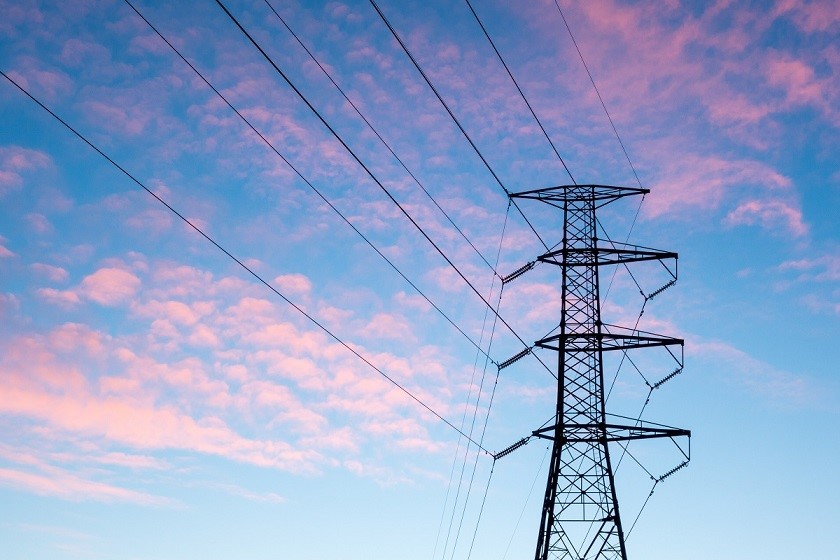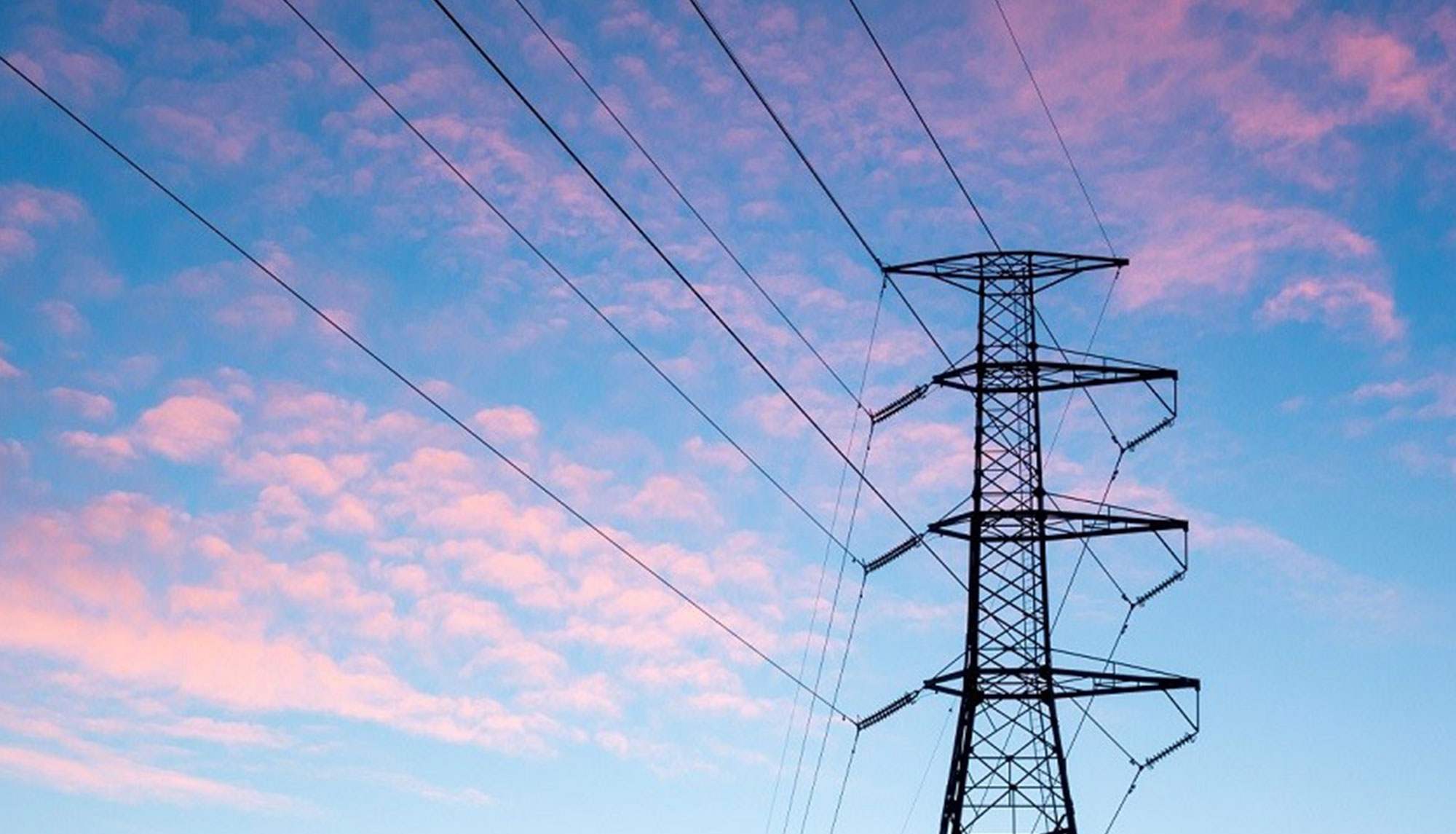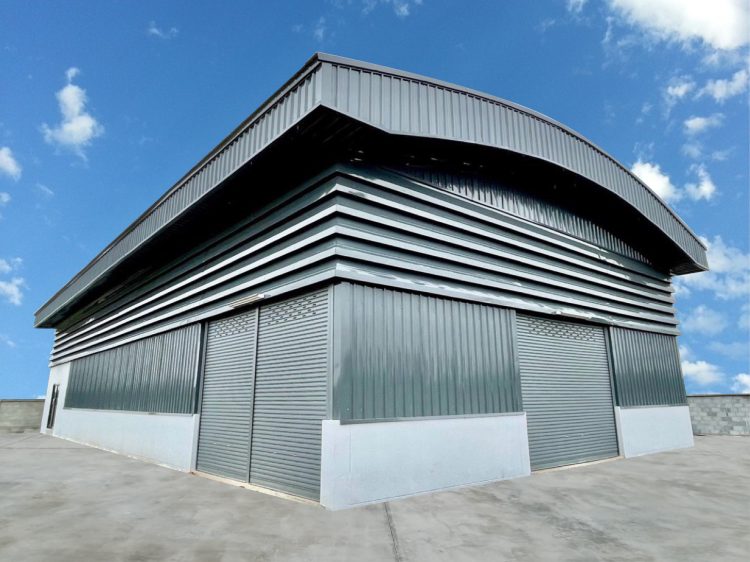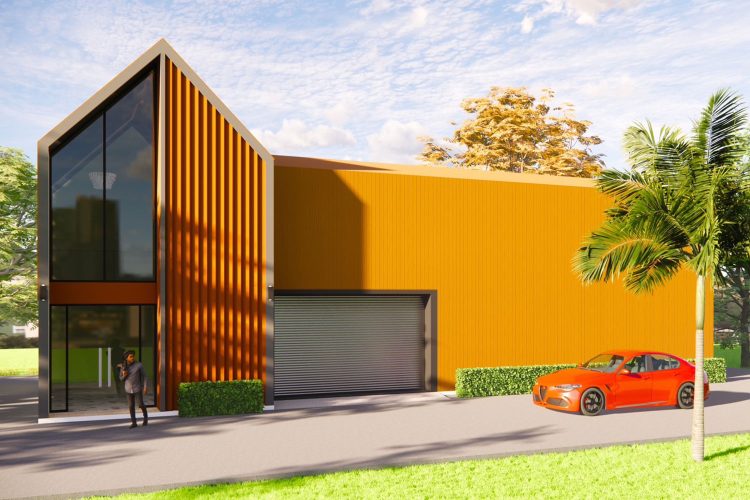What is a single-phase and 3-phase power system? How important is it?

Electricity is a vital source of energy that profoundly impacts human life. It powers a wide array of essential electrical appliances that have become integral to modern living. From fans, air conditioners, and televisions to numerous other devices, electricity is at the core of their functioning. Our daily lives have become intricately intertwined with electricity, as it plays a crucial role in enabling our day-to-day activities.
Hence, delving into intriguing anecdotes about electricity becomes essential to better understand the workings of electrical systems. Being familiar with the intricacies of these systems can be invaluable in identifying and troubleshooting issues within our homes. Today, I aim to provide valuable insights into the most commonly used 1-phase and 3-phase electrical systems.
The single-phase electrical system is commonly found in homes and offices, providing sufficient power supply for internal appliances. On the other hand, the 3-phase electrical system is designed for industrial applications, especially for operating large machinery that demands a substantial amount of electricity. Additionally, the 3-phase system may involve electrical connections serving multiple buildings within the same area. One significant distinction between these two systems lies in their voltage levels, wherein they clearly differ.
Single-phase electrical system:
The single-phase electrical system (1-phase electrical system) typically provides a voltage of 220-230 volts with a frequency of 50 Hz. In this system, the live wire is identified by the letter “L” (Line). A simple way to test if there is power flowing through the wires is by using a screwdriver. When the screwdriver is touched to the live wire, its head will glow, indicating the presence of electrical power in the circuit. However, it’s crucial to exercise extreme caution and avoid attempting such tests without proper knowledge and safety equipment, as electricity can be hazardous and potentially life-threatening. It is always best to leave electrical testing and work to qualified professionals.
The Neutral line, also referred to as the zero line, is denoted as “N” and serves as the return path for electrical current in the 1-phase electrical system. Unlike the Live (Line) wire, the Neutral wire has a lower voltage potential, making it safer to handle. As mentioned earlier, attempting to measure electricity on the Neutral line with a screwdriver will not yield any reaction due to its lower voltage.
Upon observing the socket outlets in the house, you might initially notice no visible signs of electricity flow, as if there is no current present. This is because, without any appliances plugged in, the circuit remains open, and electricity does not flow through it.
However, once you plug in and turn on home appliances, the circuit becomes complete, enabling electricity to flow from the Live wire through the appliance and back through the Neutral wire. Consequently, the appliances operate normally, indicating the presence of a functioning electrical current.
It is crucial to exercise caution when dealing with electrical systems and refrain from attempting electrical measurements without proper knowledge and safety equipment. To ensure safety and prevent accidents, electrical work should always be handled by qualified professionals.
The power cycle is completed when both channels are plugged in, and within the power cord, two additional cables are used together. Additionally, there is a plug with three outlets, one of which is a grounding plug. This grounding plug plays a crucial role in preventing electrical leakage problems and ensures the safety of both electrical appliances and the occupants of the house or office.
Single-phase electrical systems are known for their easy installation and low initial cost, making them appear attractive for some applications. However, in the long run, they may not be the most cost-effective option, as they can be inefficient and wasteful in terms of energy usage.
3-phase electrical system:
A 3-phase electrical system delivers a higher voltage between line-to-line, typically ranging from 380-400 volts, while the voltage between line-to-neutral measures between 220-230 volts with a frequency of 50Hz. This system is designed with four wires, comprising three live wires and one neutral wire. The primary applications of 3-phase electrical systems center around lighting, electrical equipment, and the operation of large machinery in industrial settings and factories.
Indeed, the 3-phase electrical system finds greater popularity in industrial settings and factories, mainly due to its ability to handle high voltage requirements for industrial machinery and extensive lighting needs. In such environments, it is common to simultaneously power multiple machines and lighting fixtures.
While 3-phase electricity is more commonly associated with industrial applications, it can also be adapted for residential use. However, in a household setting, using 3-phase electricity directly with various electrical appliances is not recommended. To utilize 3-phase electricity in a home, it must be divided into three separate 1-phase sets, which are then distributed to different points in the house. By achieving an equal and balanced distribution of power consumption across the different sections, the current remains stable, and electrical appliances and home lighting can be appropriately connected.
Implementing a balanced current distribution not only ensures efficient usage of electricity but also leads to a decrease in electricity bills. This thoughtful approach to residential electrical usage maximizes the benefits of a 3-phase electrical system in a household setting.
Using a 3-phase electrical system involves a more intricate installation process and higher expenses, as it requires payments for electricity insurance and installation fees. However, looking at the long-term benefits, it proves to be more energy-efficient compared to the 1-phase system. This is because electricity bills are calculated based on the kWh consumed, following a progressive rate. When electricity consumption is high, the bill increases accordingly.
The advantage of employing a 3-phase electrical system lies in distributing the power consumption across three phases. This results in a lower power consumption for each phase, contrasting with the 1-phase system that solely relies on one phase. Consequently, the 3-phase system helps reduce the overall amount of electricity consumed, leading to a lower electricity bill over time. Although the initial expenses might be higher, the long-term cost savings and energy efficiency make the investment in a 3-phase electrical system worthwhile.
Based on the information provided, one can make an informed decision on which type of electrical system would be suitable for their needs. For industrial projects, opting for a 3-phase 4-wire electrical system could be a prudent choice. While it involves more complex procedures and higher initial expenses, the long-term benefits are significant. This type of system can effectively save electricity costs for the industrial sector over time, thanks to its energy-efficient distribution of power and reduced electricity consumption. Ultimately, the investment in a 3-phase 4-wire electrical system can lead to substantial cost savings and support the sustainable growth of industrial operations.





